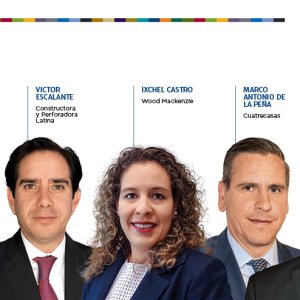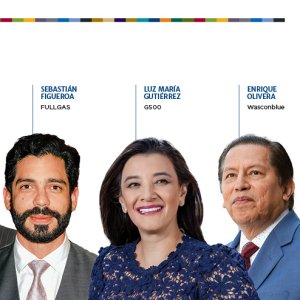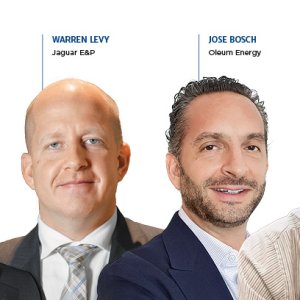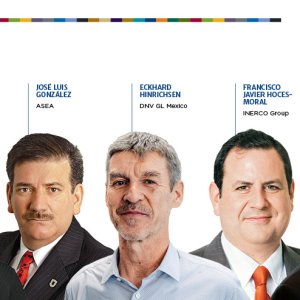
Stakeholder Engagement for More Livable Cities
Making cities more livable is not only a challenge present in the country, but it is a global pressing issue. The current Mexican model generates uneven opportunities for citizens and this situation need to be addressed by the government, the industry and the citizens themselves, according to a panel of experts at Mexico Infrastructure & Sustainability Summit at the Marquis Reforma hotel in Mexico City this Wednesday.
“The current urban environment generates exclusion and inequality,” stated Mariana Orozco, Director General of CityEs!. “As a society, we need to have a vision to where we want to be in terms of citizenship and visualize more sustainable, resilient and safe cities.”
Orozco was joined by Adriana Lobo, Executive Director of WRI Mexico, Eduardo Orozco, Founder and Director of MDL, Maximiliano Zurita, Director General of CAF Mexico and Mauricio Cobo, Former Minister of Mobility of the Municipality of Queretaro.
Eduardo Orozco laid out the issue as one of changing demographics. “Half of Mexico’s population is about to enter to a stage where they demand real estate ownership,” he said. “The industry is going through a big generational shift. We went through a generation where real estate cost represented 10 times the annual income of a person, to one where it ballooned to 17 times.” He stated his concern for millennials, who he said are unable to purchase housing due to the lack of offer and huge demand in dense cities. “The market is becoming unequal and people from the cities are slowly being pushed toward the outskirts,” he added.
Cobo, an urbanist with experience in managing urban strategies in Queretaro, agreed. “Social inequality cannot be supported in cities anymore,” he said. “Citizens’ quality of life is at stake and population density plays an important role in this game.” He highlighted that addressing this issue is unviable from a political perspective and often citizens live within a comfort zone that is not easy to leave when implementing strategies.
Mariana Orozco disagreed, citing his company’s successful flagship project in the state of Jalisco. “We participated in a project where a street in downtown Guadalajara became a pedestrian lane,” he said. “This detonated real estate projects in the region and had a positive reception from the public.” She stated the importance of involving NGOs and citizens to make these projects more attractive for the lower-income populations.
She also pointed out that often, it is not the lower-income populations that object to public transport projects, but rather the middle-high income segment. “Eighty percent of the population will be grateful for public transport investment,” she said. “Only the minority who are middle-high class and can afford to live on the outskirts and drive every day will be opposed to this.”
Zurita highlighted the importance of considering a multi-modal approach for public transport projects. “Public transportation generates mobility. It has to take place from a multimodal perspective, as no sole transport mean solves the problem,” he said. According to him, 85 percent of the total transportation takes place by car, transporting 1.3 people on average. Of the remaining population, 80 percent needs public transportation. “Transport infrastructure needs to consider public transport integration from a tariff and physical point of view that is also attractive for the medium and high class. If someone has the option of travelling in discomfort in public transport or the comfort of a car, it is obvious which option will be chosen,” he added.
Regardless of the modes of transport, Lobo reflected on the need of involving all the stakeholders in the conversation and create tangible strategies to address this issue. “There is an initiative on the table, but the mechanisms are missing,” she explained. Eduardo Orozco agreed. “The industry has a big incentive, which is the market itself, but we need citizen and government voices in the conversation,” he added.














